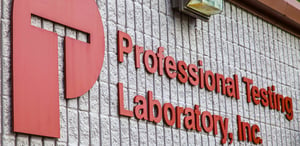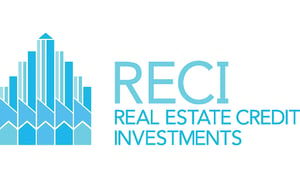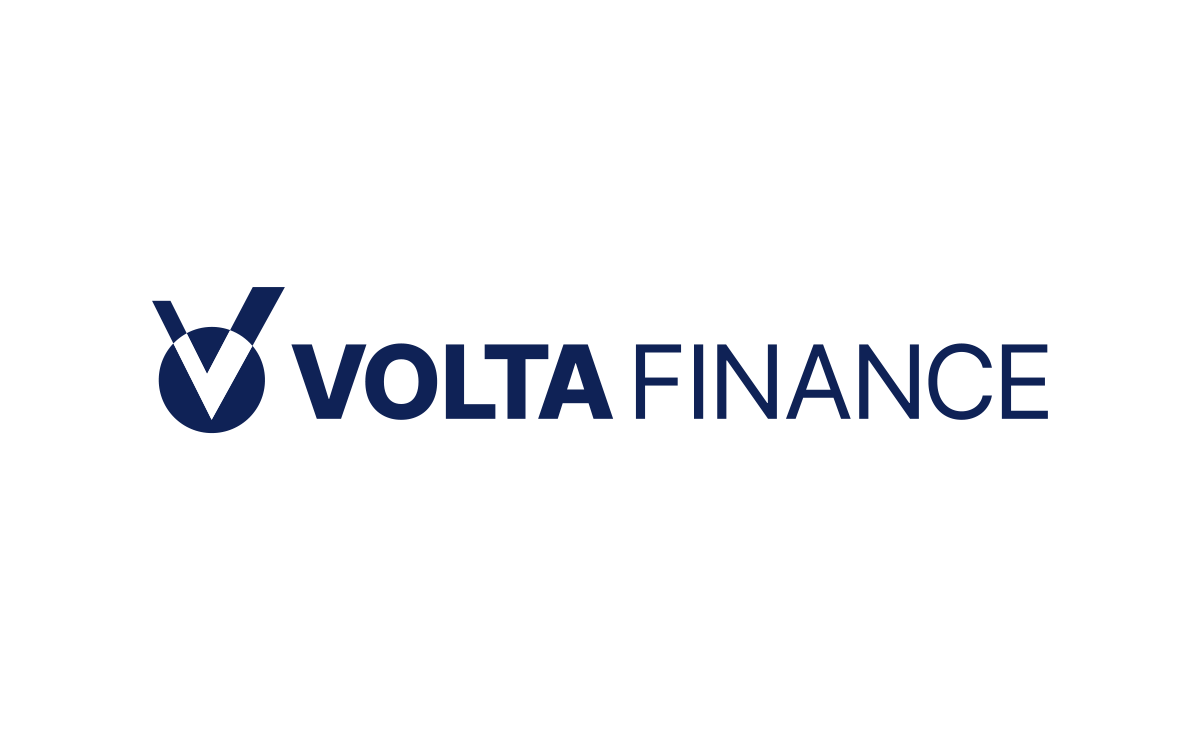In recent years, medical office real estate has pivoted in ways that align with broader developments in healthcare delivery, patient behaviour and technological progress. Investors evaluating these assets will appreciate how attributes such as proximity, flexibility and design now carry heightened strategic significance.
Firstly, outpatient care centres are increasingly emerging as the backbone of healthcare real estate. Providers are purposefully relocating services from centralised hospital campuses to smaller, accessible outpatient hubs near where patients live. This decentralisation supports convenience, lowers delivery costs and encourages routine use of medical services, enhancing tenant appeal and occupancy stability in suburban and community‑adjacent settings.
Concurrently, the surge in telehealth is reshaping how space is allocated. Instead of vast waiting areas, now you’ll see tech‑heavy suites equipped for virtual consultations. This blend enables physicians to balance in‑person and remote visits under one roof, and opens opportunities for multi‑use layouts and reduced square‑footage footprints without sacrificing patient access.
The retailisation of healthcare has also intensified. Medical practices are migrating into retail corridors and mixed‑use environments, benefiting from high visibility and built‑in foot traffic. This trend mirrors consumers seeking to integrate routine care with daily errands, offering predictability for occupancy and rental income, particularly in high‑traffic suburban strips or lifestyle centres.
Another prominent development has been the rising demand for specialty care. Properties designed for ambulatory surgery centres, diagnostic imaging, behavioural health, or urgent care require advanced infrastructure and tailored fit‑outs, such as imaging suites with shielding or procedure rooms with enhanced plumbing. These specialised spaces command higher rents and appeal to niche operators seeking turnkey environments.
Sustainability and wellness credentialing are also becoming more influential. Developers and providers are adopting energy‑efficient systems, biophilic design, and features that improve air quality and occupant wellbeing. These investments contribute to lower operating costs, support ESG compliance, and bolster tenant retention among values‑driven medical groups.
Taken together, these trends redefine what qualifies as high‑value medical office space. Location now refers to proximity to patient populations; interior planning must accommodate both clinical and virtual delivery models; and property features increasingly reflect a premium on wellbeing and efficiency. For investors, the opportunity lies in identifying assets that anticipate healthcare’s evolving format, those positioned to remain indispensable as patient expectations and delivery mechanisms progress.
Physicians Capital are the only physicians-owned private real estate investment firm that allows doctors to reclaim ownership, generate passive income and build long-term wealth.











































